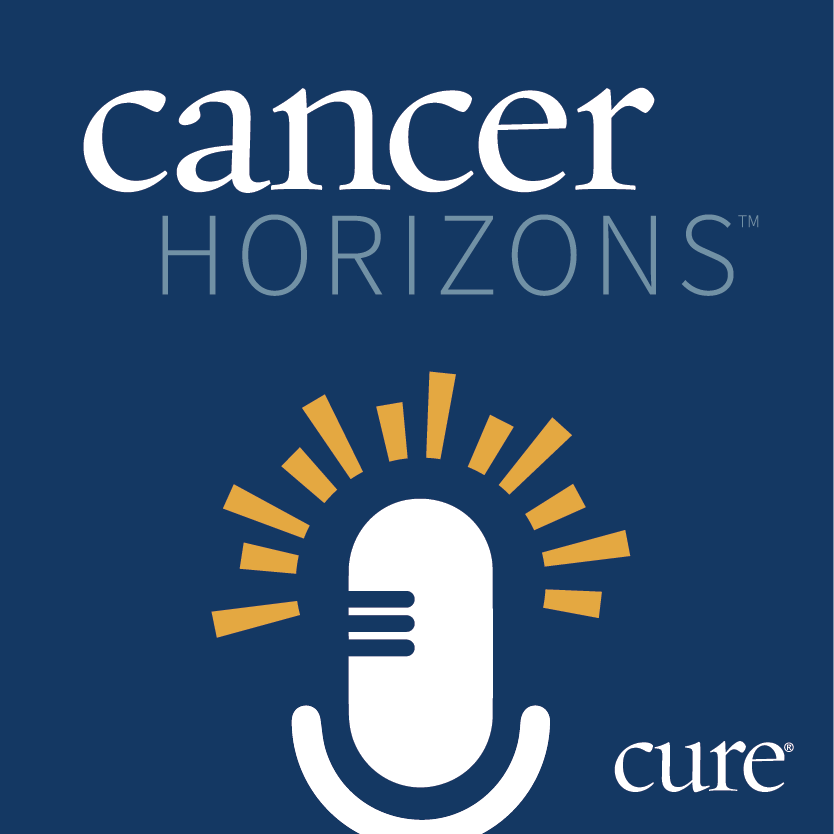Among patients with early-stage triple-negative breast cancer (TNBC), undergoing chemotherapy treatment with deescalated neoadjuvant nab-paclitaxel plus carboplatin was found to be more effective than nab-paclitaxel plus gemcitabine, researchers have found. Researchers noted that a beneficial pathologic complete response (pCR) rate was seen among patients with and without BRCA1 and/or BRCA2 mutations, but the impact was found to be more pronounced among patients with those mutations.
The findings are from a preplanned secondary analysis of the phase 2 ADAPT-TN clinical trial conducted by the West German Study Group (WSG) between June 2013 and February 2015, with genetic analysis performed between January 2018 and March 2020 with final data analysis taking place in September 2023. The findings were published in JAMA Network Open.
The study, as an expert explained to CURE, was conducted prior to the modern era of immunotherapy treatments.
“As this study was maturing, the entire standard care has shifted,” explained Dr. Yuan Yuan. Yuan is a professor of medicine, director of breast oncology and medical director of breast cancer research at Cedars-Sinai Medical Center in Los Angeles, as well as a health sciences clinical professor at UCLA. She emphasized the importance of the findings of the phase 3 KEYNOTE-522 clinical trial, which began in 2017 and saw patients with previously untreated stage 2 or 3 TNBC treated with neoadjuvant Keytruda (pembrolizumab) plus paclitaxel and carboplatin.
Glossary:
Neoadjuvant: administered prior to the main treatment, such as surgery.
Pathologic complete response: the lack of all signs of cancer in tissue samples removed during surgery or biopsy after treatment with radiation or chemotherapy, according to the National Cancer Institute.
Somatic: an alteration in DNA that occurs after conception, according to the National Cancer Institute.
Pathogenic variants: changes in the DNA sequence of a gene that causes a person to have or be at risk of developing a certain genetic disorder or disease, such as cancer, according to the National Cancer Institute.
Data from that trial published in The New England Journal of Medicine showed that, at a median follow-up of 15.5 months, patients in the Keytruda group achieved a pCR rate of 64.8% compared with 51.2% in patients who received placebo plus chemotherapy. Findings from the trial led to the FDA’s approval of Keytruda plus chemotherapy for patients with high-risk, early-stage TNBC in 2021.
“So, [ADAPT-TN) is prior to the immunotherapy era. It has its own limitation, and the fact that having a BRCA mutation will yield a better benefit from chemoimmunotherapy has been documented in other studies,” Yuan said. “So I think the take-home message is, yes, the somatic mutation of BRCA1 and 2 may have a better responses using a neoadjuvant platinum-containing regimen. But the study itself, we have to review that in the current clinical context, which has already changed.”
Yuan cited prior studies, such as:
- Findings published in npj Breast Cancer in 2024, which showed that among patients with stage 1 to 3 TNBC who received carboplatin, 46% of BRCA1 carriers achieved pCR, versus 33% of BRCA2 carriers and 30% of noncarriers.
- Additionally, findings published in Cancers in 2022 showed that, among patients with TNBC treated with neoadjuvant chemotherapy, 59% of patients with germline BRCA1/2 mutations achieved pCR, versus 34% of noncarriers.
- Furthermore, a meta-analysis published in Breast in 2022 stated that a BRCA1/2 mutation was associated with a 17.6% increase in pCR rate.
Researchers performed tumor next-generation sequencing analyses for 266 patients in the ADAPT-TN study, all of whom were female, with a median age of 51 years. BRCA1 and/or BRCA2 tumor pathogenic variants (tPVs) were found in 42 patients, or 15.8% of patients. When compared with patients without BRCA1/2 mutations patients with those mutations were younger (median age 46.5 versus 53 years) and were more frequently premenopausal (66.7% versus 43.3%), researchers noted.
Nineteen of the 42 patients (45.2%) with BRCA1/2 mutations experienced a pCR, versus 77 of 224 patients (34.4%) without the mutation. Patients in the BRCA1/2 carboplatin subgroup had a pCR rate of 64.3%, or nine of 14 patients, which was higher than all others pooled together — 34.5%, or 87 of 252.
“The finding of the study is not surprising,” Yuan said. “It verifies that the BRCA1 and 2 carriers do tend to have a higher pCR rate.”
While ADAPT-TN researchers argue that their findings may support BRCA1/2 tPV status as a stratification factor for chemotherapy de-escalation in order to prevent overtreatment, Yuan said she would not suggest that.
“I think the pCR rate is not really overwhelmingly high enough to de-escalate in my in my honest opinion,” she said.
Reference:
“Genetic Alterations, Therapy Response, and Survival Among Patients With Triple-Negative Breast Cancer: A Secondary Analysis of a Randomized Clinical Trial” by Dr. Lisa Richters, et al., JAMA Network Open.
For more news on cancer updates, research and education, don’t forget to subscribe to CURE®’s newsletters here.





